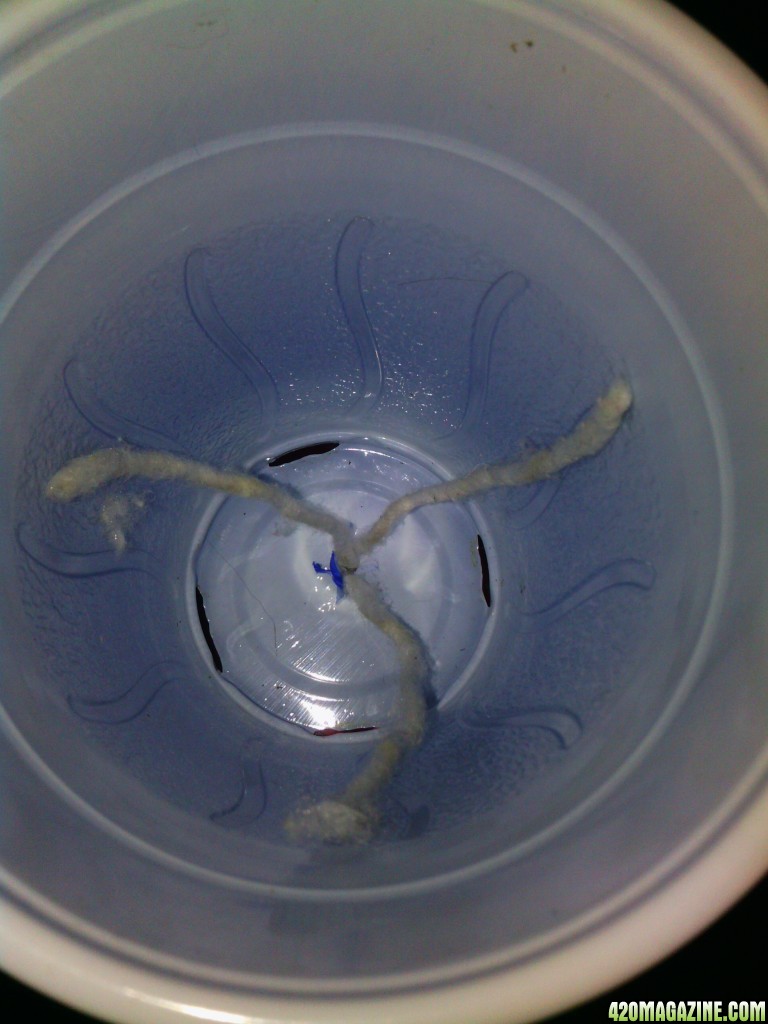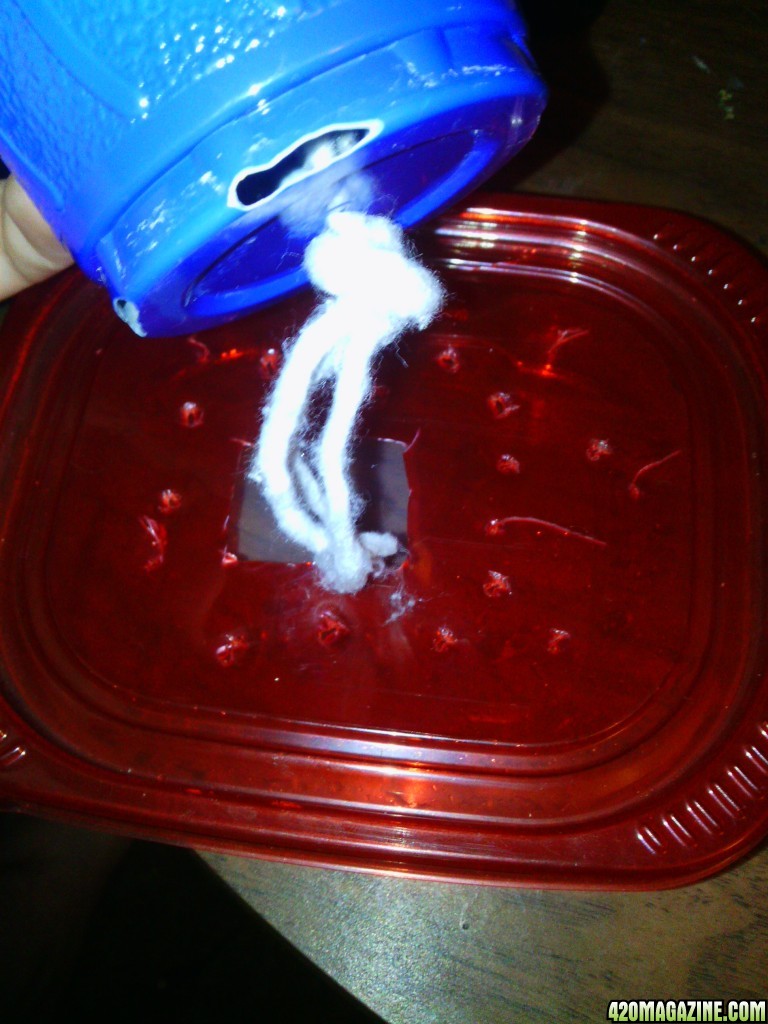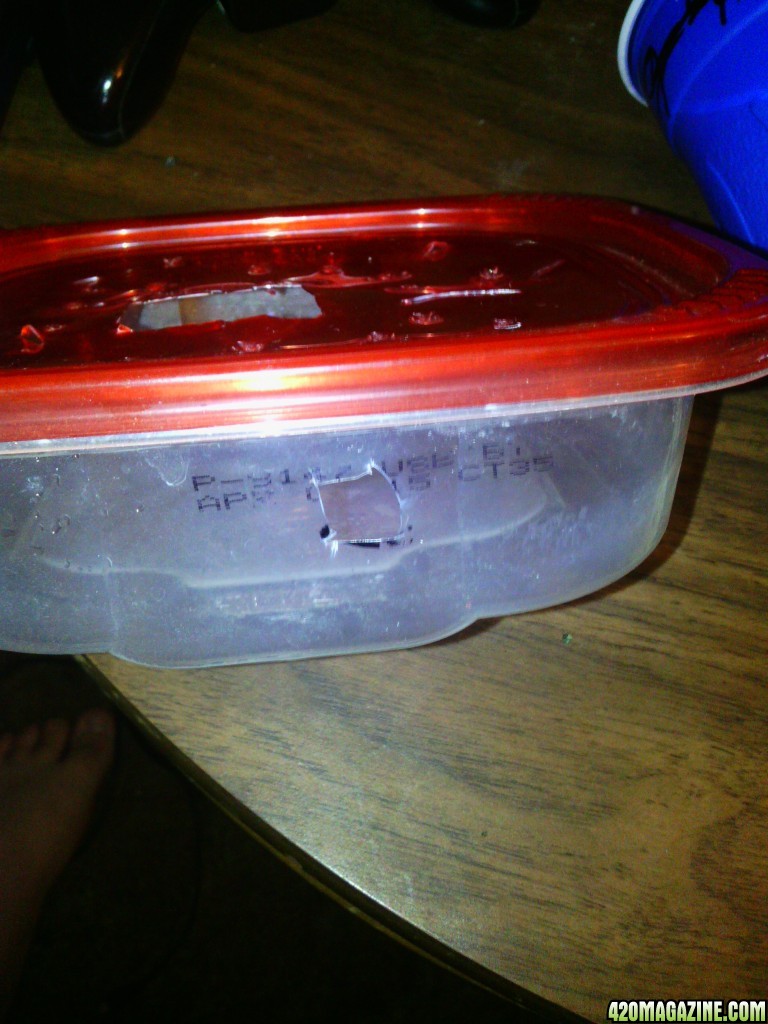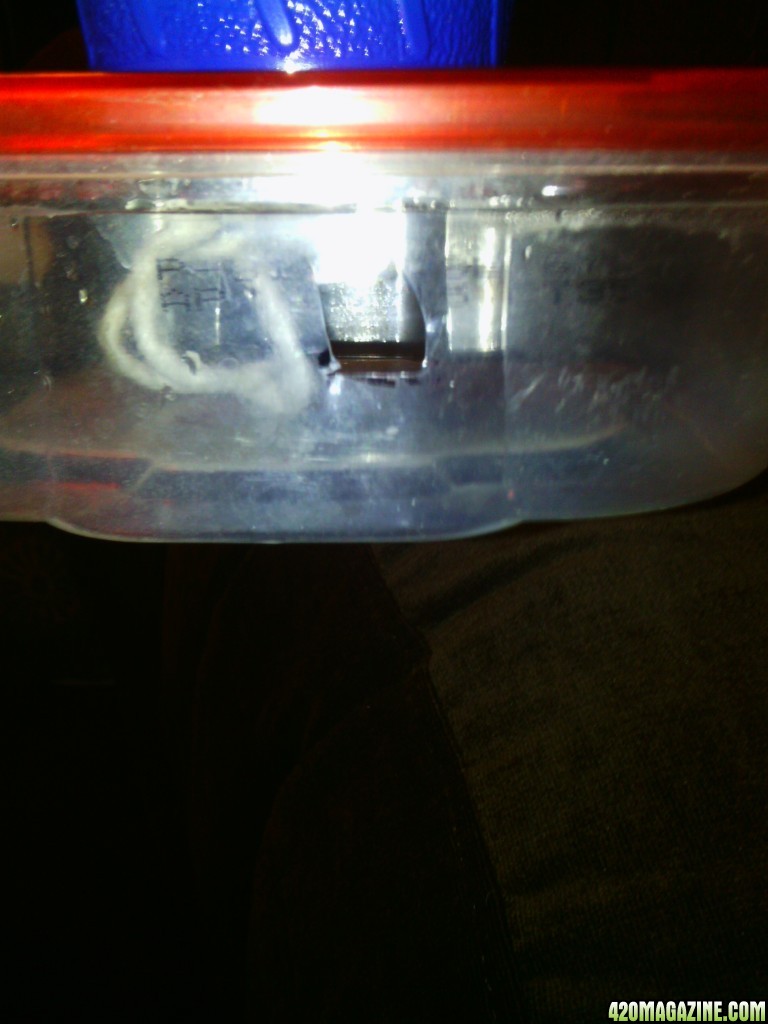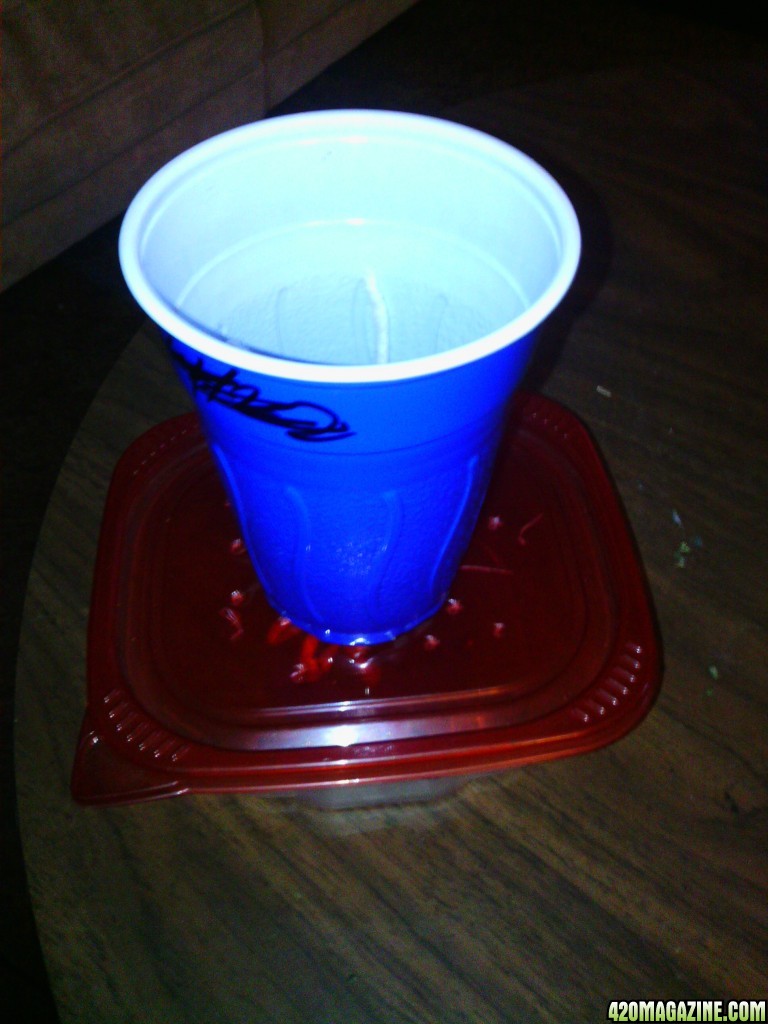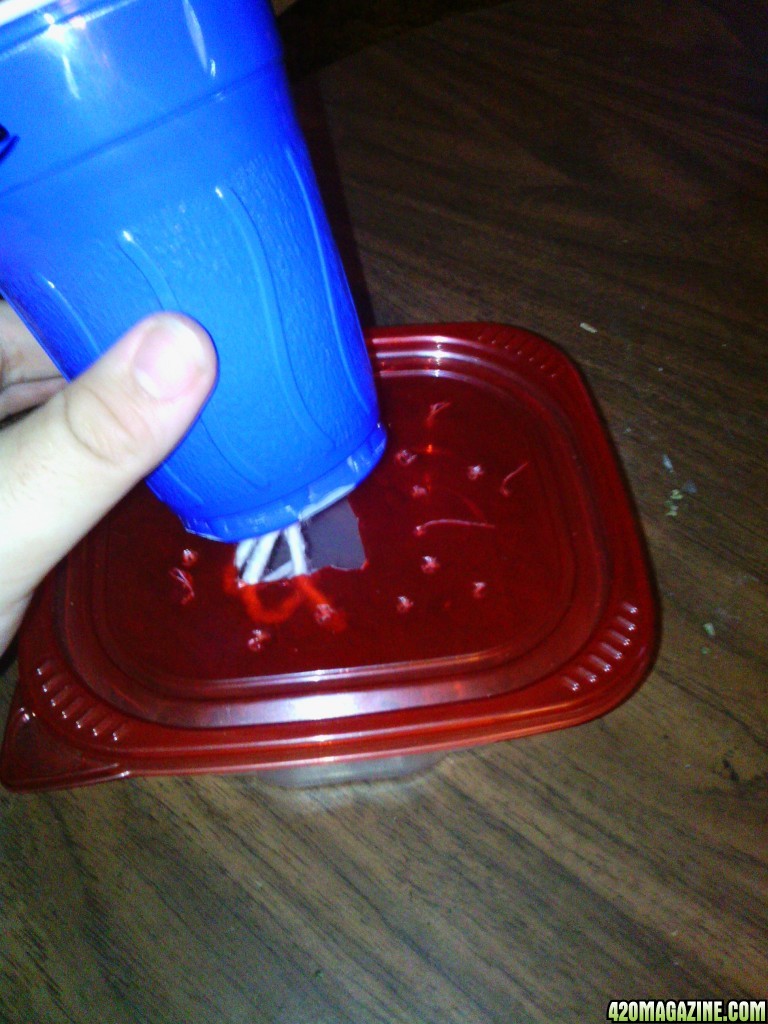I've been reading a lot of problems with over watering, you are loving it to death. I use the lift method with my soil grows. When the pot gets light I give her a drink. From what I've read and experienced making the plant reach for water builds a good root system.
If anybody has anything to add or correct feel free to do so. I have never done hydro so feel free to chime in with your knowledge. Happy Growing.
If anybody has anything to add or correct feel free to do so. I have never done hydro so feel free to chime in with your knowledge. Happy Growing.





